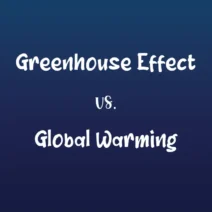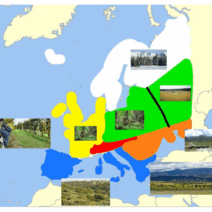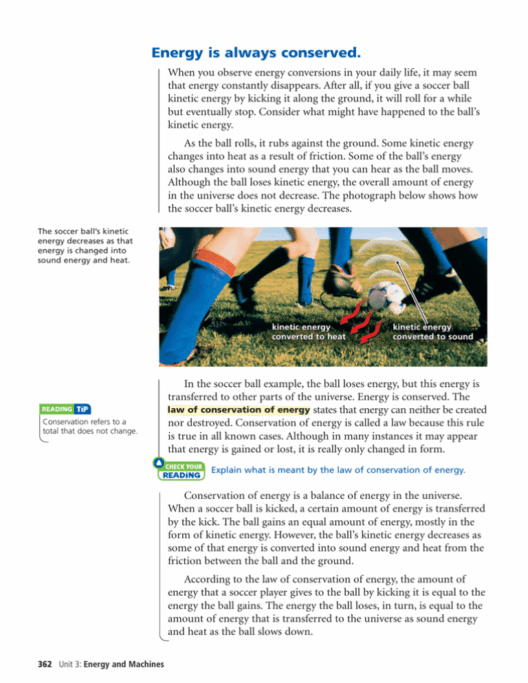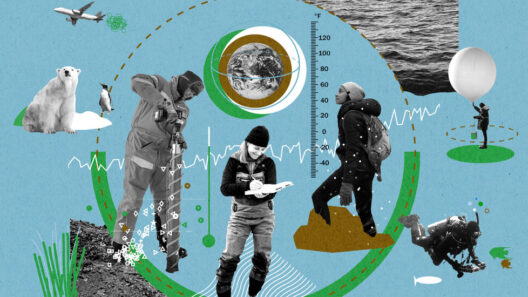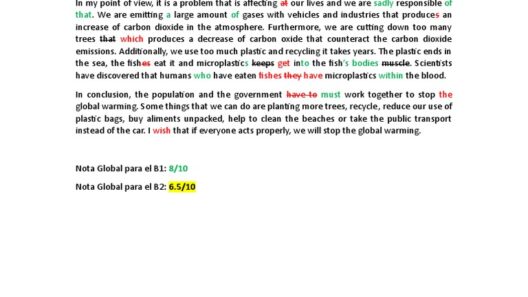Global warming is a term that invariably elicits images of rising temperatures, melting ice caps, and heat waves that blanket our cities. However, an intriguing paradox exists: the phenomenon of climate change can also lead to colder winters in certain regions. This counterintuitive aspect of global warming deserves careful examination, as it illustrates the complexities of Earth’s climate system and serves as a reminder of the interconnectedness of environmental factors. In this discussion, we will explore the mechanics behind colder winters amidst warming global temperatures, the implications for ecosystems and human societies, and the methodologies for addressing these challenges.
The primary mechanism that leads to colder winter temperatures in some areas is the disruption of the polar vortex. The polar vortex is a large area of low pressure and cold air surrounding the Earth’s poles. When this system is stable, it contains frigid arctic air. However, as global temperatures rise, the polar vortex can become unstable, leading to fluctuations that may push cold air southward into regions that typically experience milder winters.
This instability is compounded by the warming of the Arctic at a rate nearly twice as fast as the global average, a phenomenon referred to as Arctic amplification. The resulting differential between the Arctic and equatorial regions may lead to enhanced jet stream patterns, which influence weather across continents. When the jet stream meanders, it can allow frigid air to penetrate further south, resulting in exceptionally cold winters in normally temperate areas.
The ramifications of colder winters are manifold and resonate through both natural and human systems. Ecosystems that depend on stable winter temperatures for their lifecycle may be significantly disrupted. For instance, flora and fauna adapted to milder winters could face challenges that inhibit growth, reproduction, and migration patterns. Species that rely on specific environmental cues for hibernation or breeding may misalign their biological rhythms with actual climatic conditions.
Moreover, agricultural systems are not immune to the impacts of colder winters. Farmers may find crops exposed to unexpected frost events, leading to reduced yields or crop failure. This unpredictability can be economically devastating, particularly for smallholder farms reliant on seasonal climates. The alteration of traditional growing seasons can engender food supply chains to shift unpredictably, exacerbating food insecurity in vulnerable populations.
Urban areas, traditionally characterized by their heat retention capabilities, might also face dramatic shifts. For instance, infrastructure designed for milder winters may not withstand the stresses of severe cold snaps. Increased demand for heating can overwhelm energy supplies, resulting in outages or escalated costs for consumers. Cold snaps can also precipitate health crises, particularly among the elderly and vulnerable populations that may have difficulty accessing adequate heating or medical care during extreme weather events.
Addressing these challenges requires a multi-faceted approach that combines immediate preparedness with long-term climate mitigation strategies. Communities must bolster resilience to climate extremes by investing in infrastructure that can endure temperature fluctuations. This might include retrofitting buildings with better insulation, diversifying energy sources, and ensuring robust emergency response protocols are in place. Furthermore, it is crucial for local governments to develop adaptive strategies that take into account the potential for variable winter weather as part of their broader climate action plans.
Education plays a pivotal role in this transition. Raising awareness about the nuances of climate change can foster a more informed public that understands the complexities of global warming and its local impacts. By empowering communities with knowledge, we can cultivate a collective response to climate issues that considers both immediate mitigation and long-term adaptation efforts.
The interface between climate science and policy is another consequential factor. Policymakers must prioritize common-sense regulations and initiatives that aim to curb greenhouse gas emissions, such as investing in renewable energy, enhancing energy efficiency in buildings, and adopting sustainable land-use practices. By taking proactive measures, governments can intervene in the trajectory of climate change, thereby reducing the chances of erratic winter weather conditions exacerbated by a warming planet.
Scientific research continues to shed light on the complexities of our atmospheric systems and their far-reaching consequences. Ongoing studies investigating the relationship between polar vortex dynamics and global warming are essential for improving our predictive models and understanding future climate scenarios. In doing so, it allows for better policy decisions and enhances our collective capability to respond to changing environmental conditions.
To truly grasp the impacts of climate change, it is imperative to recognize that its manifestations are not purely linear. The abstraction that warming equates to unceasing heat fails to encapsulate the breadth of climatic consequences. Cold winters amidst a warming planet serve as a sobering reminder of the intricacies of atmospheric science and the realities of climate change affecting our daily lives.
In conclusion, the phenomenon of colder winters in the age of global warming encapsulates the intricate and often counterintuitive aspects of climate change. The unpredictability of climate patterns, driven by a myriad of factors, necessitates a comprehensive and collaborative approach to adaptation and mitigation. By fostering resilience in our communities and implementing robust climate policies, we can endeavor to navigate the convoluted landscape of climate change and safeguard both our ecosystems and our livelihoods.
